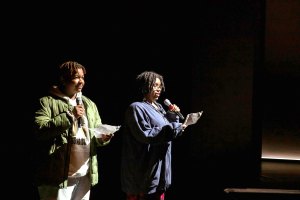Arts & Culture
-

Voice of a generation? Dylan’s is much more than that.
Classics professor who wrote ‘Why Bob Dylan Matters’ on the challenge of capturing a master of creative evasion
-

Holiday treats from the kitchen of Julia Child
Recipes from celebrity chef’s archive at Radcliffe
-

How a ‘guest’ in English language channels ‘outsider’ perspective into fiction
Laila Lalami talks about multilingualism, inspirations of everyday life, and why she starts a story in the middle
-
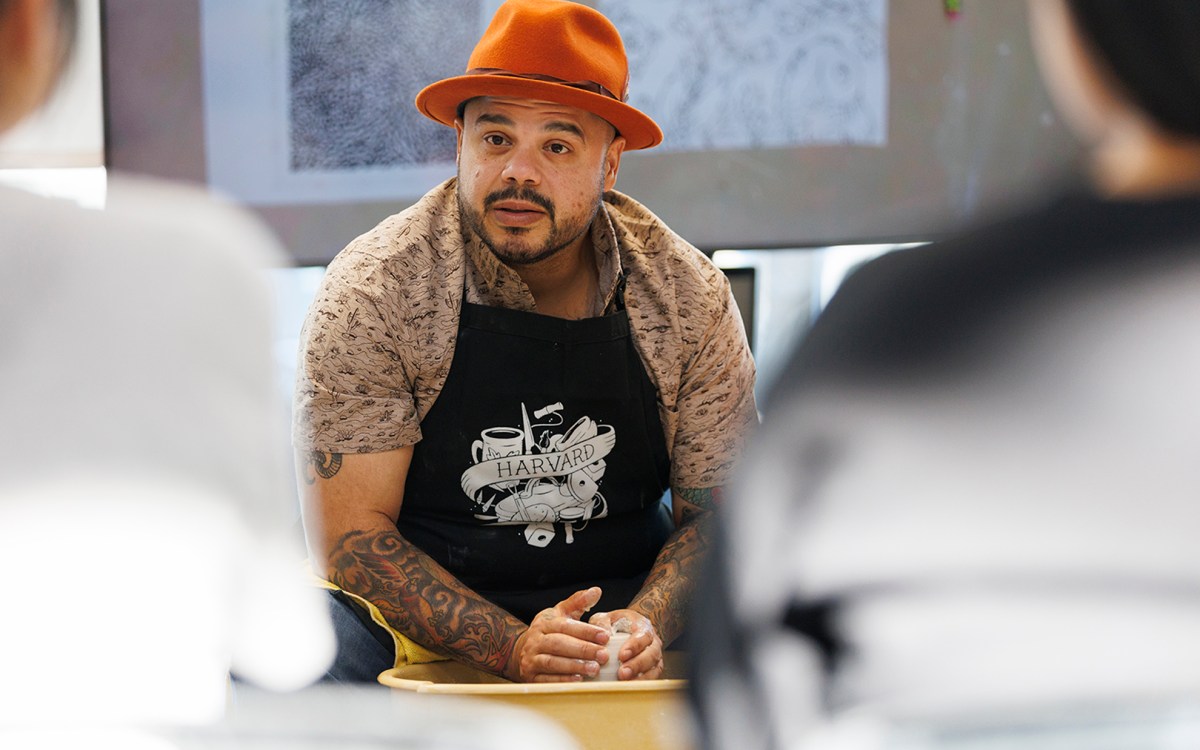
Potter gets fired up about helping students find their own gifts
Roberto Lugo says his art creates conversations and ‘that’s where the magic happens’
-

The 20th-century novel, from its corset to bomber jacket phase
In ‘Stranger Than Fiction,’ Edwin Frank chose 32 books to represent the period. He has some regrets.
-
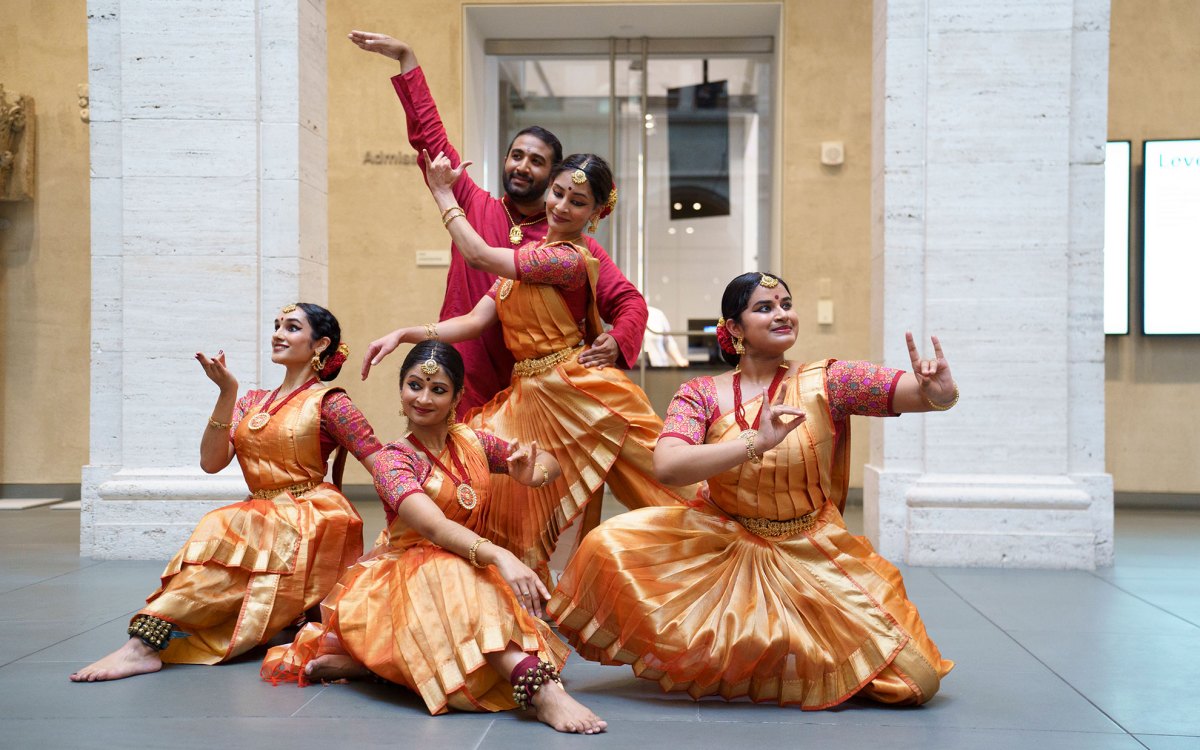
Dance the audience can feel — through their phones
Engineer harnesses haptics to translate movement, make her art more accessible

-
More than language lessons
María Luisa Parra teaches a course that caters to students of Latino heritage who spoke Spanish at home but never had formal instruction in the language.

-
On stage: Nights of ‘the Iguana’
Director Michael Wilson is bringing Tennessee Williams’ “Night of the Iguana” to the American Repertory Theater with an all-star cast.

-
Poetry unbound
Harvard Professor Elisa New’s Gen Ed course, “Poetry in America,” attracts students from across disciplines.

-
Hope and loss made vivid
Arab-American artist Helen Zughaib tells the story of the Middle East’s spate of revolutions with brightly colored paintings in her latest exhibit, “Arab Spring/Unfinished Journeys.”
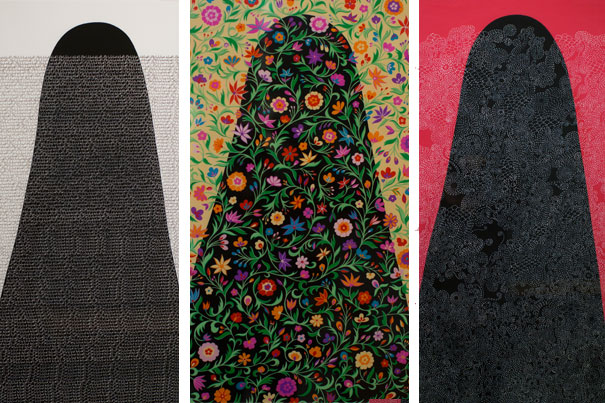
-
Jeff Koons: High king of middlebrow
Though he may be the favorite artist of oligarchs, Jeff Koons sees his art as democratic experience for viewers and a vehicle for his own transcendence and self-actualization.
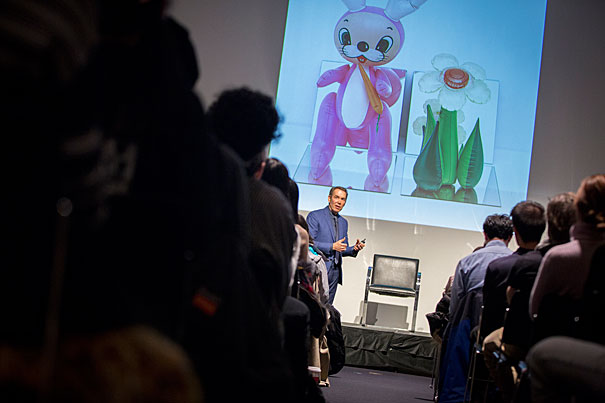
-
Drawing wisdom from drawings
A new exhibition at the Harvard Art Museums offers up a diverse sampling of the museums’ rich collection of drawings, while highlighting the creativity of Harvard’s classrooms.
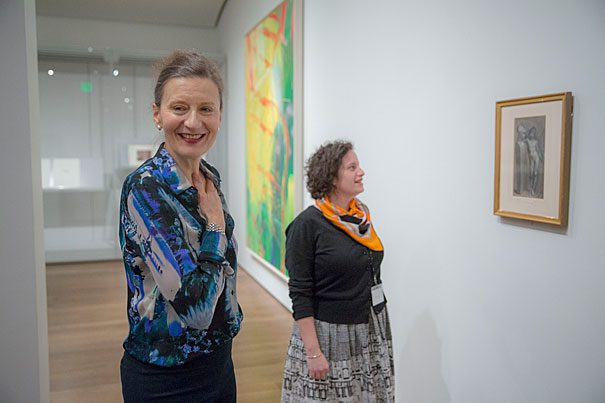
-
A study in contrast: Copley’s America, America’s Copley
Historian Jane Kamensky’s new book explores the life and times of painter John Singleton Copley.

-
A vocal stand
Harvard Choruses will join a performance of Grammy-winning composer Craig Hella Johnson’s “Considering Matthew Shepard” Feb. 5 at Symphony Hall.

-
Novelist Perrotta headlines LITFest
Novelist Tom Perrotta, who headlines Harvard’s LITFest on Feb. 4, talks with a television co-writer and a Harvard instructor about the craft.
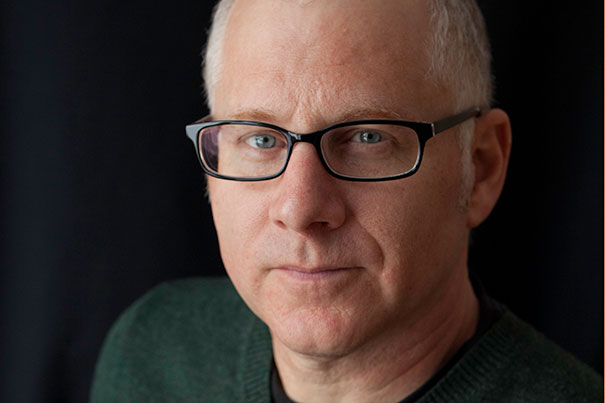
-
Prescribing art in medicine
A Wintersession course studied compassion and suffering through the lenses of dance, music, and science.
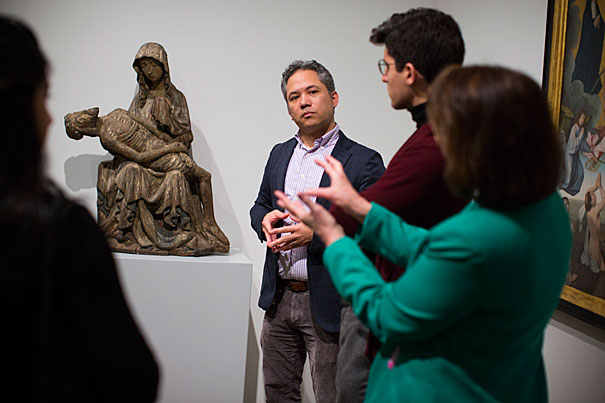
-
Shadows of Cuba’s past
An exhibit by Cuban mixed-media artist Juan Roberto Diago at the Ethelbert Cooper Gallery folds history into imagery.
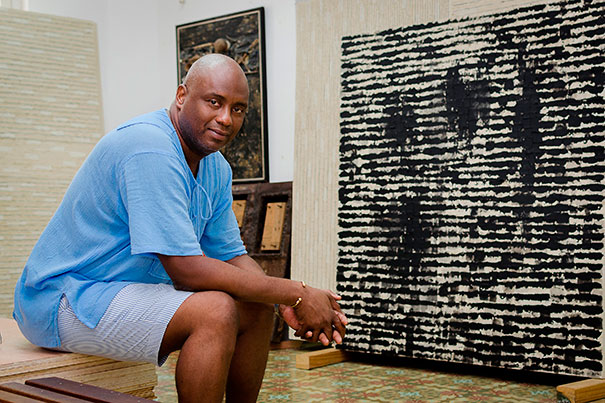
-
What’s in a (scientific) name
The Harvard Museum of Natural History is taking on names — both common and scientific — together with companion institutions in a series of new installations that introduce the public to the color and complexity of appellations.

-
Best choice for photography curator
Makeda Best has been named the new Richard L. Menschel Curator of Photography at Harvard Art Museums.
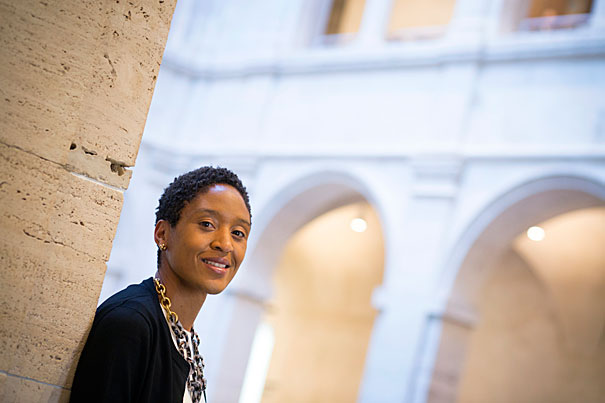
-
One stage, many stories
“Trans Scripts, Part I: The Women,” now at the A.R.T., is drawn from more than 75 interviews conducted by writer-producer Paul Lucas.
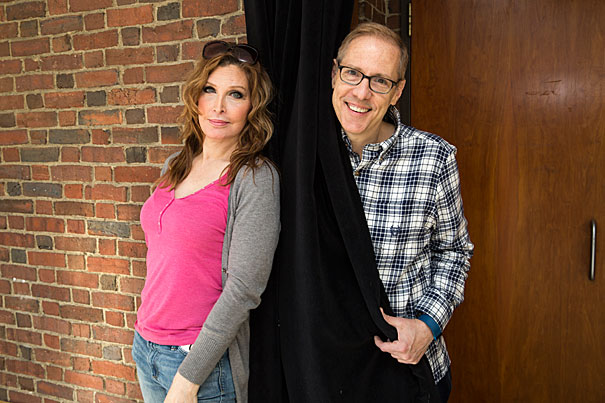
-
From Harvard to ‘La La Land’
The composer for “La La Land” met his Hollywood collaborator, Damien Chazelle, and charted his musical path while at Harvard.
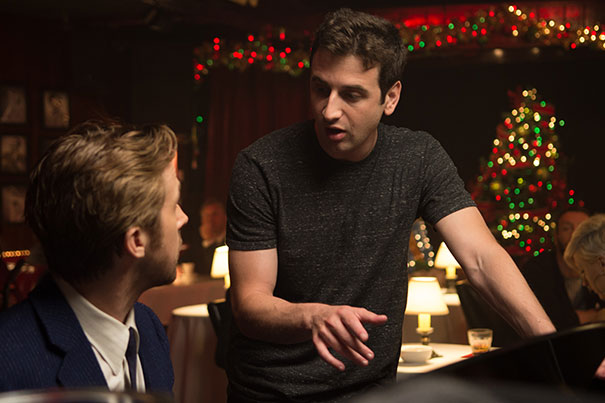
-
Even in ‘Hamilton,’ a glimpse of mediocrity
New research by Derek Miller, an assistant professor of English, highlights the starring role of “decidedly average” in the history of art.
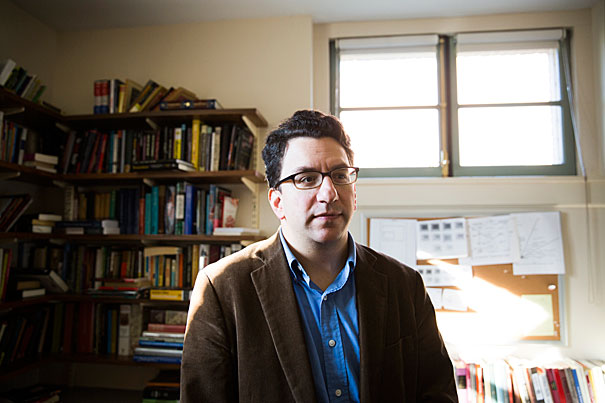
-
Building character
Molly Antopol, a Radcliffe Fellow and author of “The UnAmericans,” talks about the creative process behind her fiction.
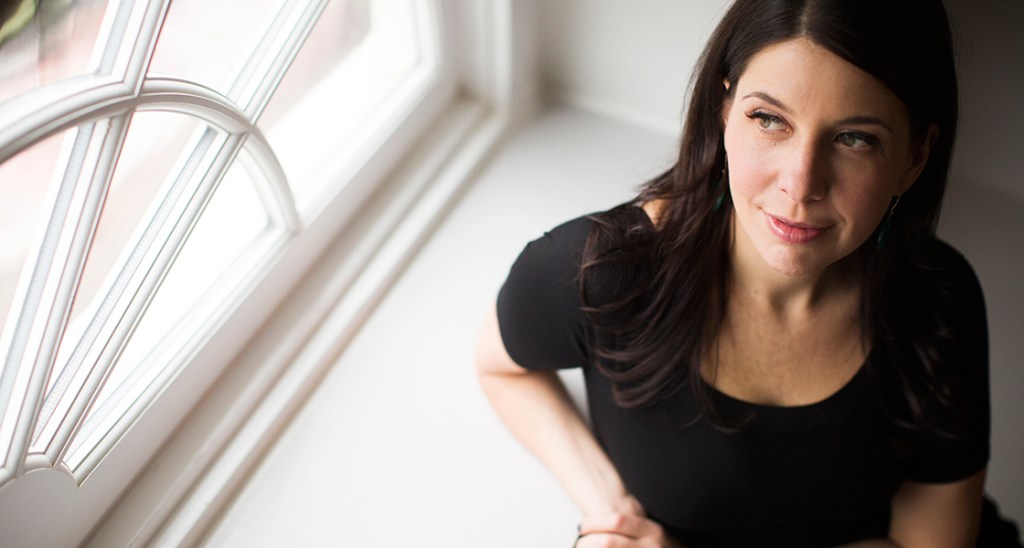
-
Making magic out of 26 letters
Harvard’s creative writing program is growing in creativity and size.
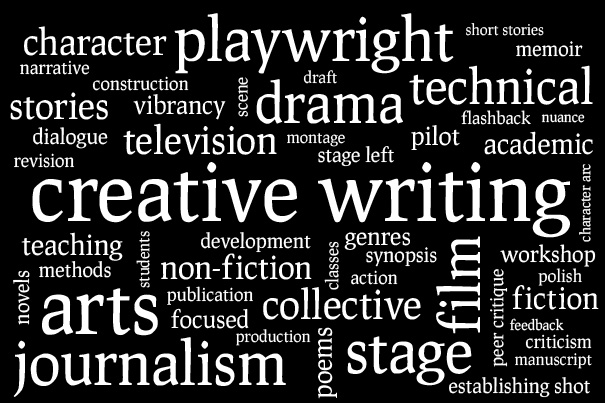
-
In ‘Fingersmith,’ lead role for lighting
Lighting designer Jen Schriever talks about her vision for the A.R.T.’s adaptation of the Sarah Waters novel “Fingersmith.”

-
Forever bringing joy
Professor Alex Rehding talks about his research for a book on Beethoven’s Ninth Symphony.
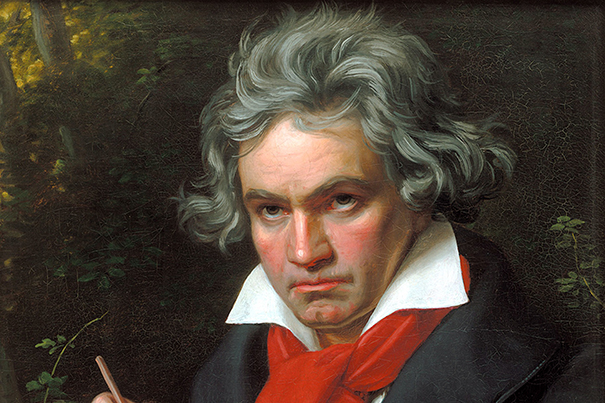
-
The potter’s magic fingers
Native American potters offer hands-on insights into centuries-year-old artistry.
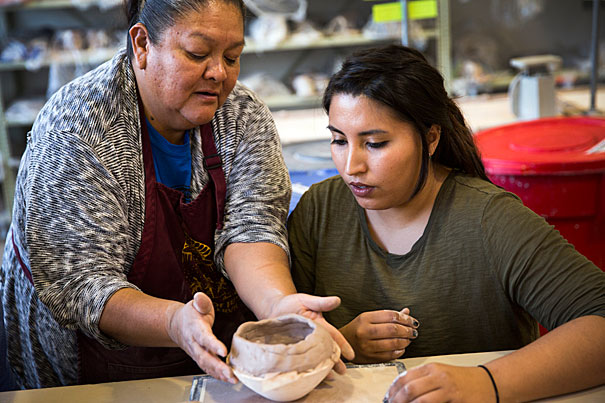
-
A new holiday song cycle
The Harvard Glee Club and Radcliffe Choral Society premiered Paul Moravec’s composition at a holiday concert.
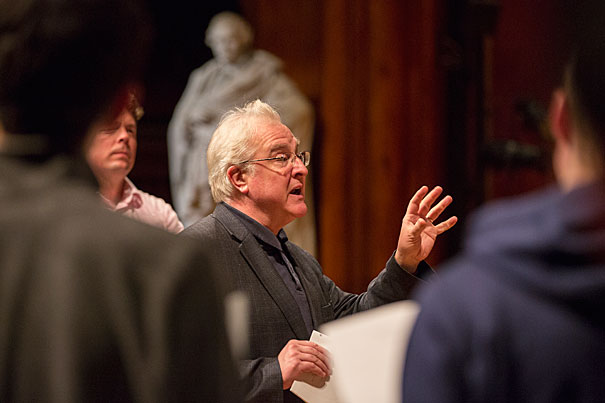
-
Urgent message on ghetto life
Harvard philosopher Tommie Shelby talks about his new book, “Dark Ghettos: Injustice, Dissent, and Reform.”
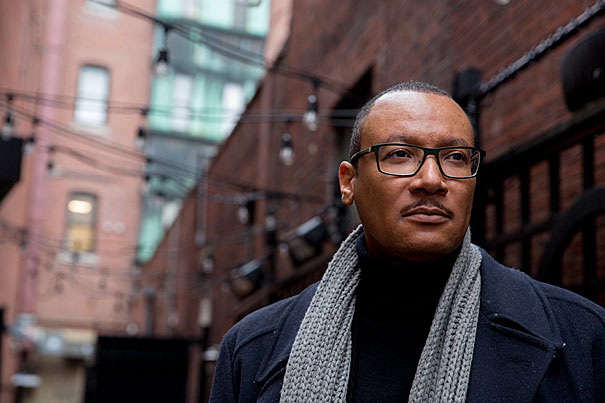
-
The everyday response to racism
When someone makes a racially charged comment or joke, how would you respond? Research led by Harvard sociologist Michèle Lamont says your answer may very well depend on the group to which you belong.
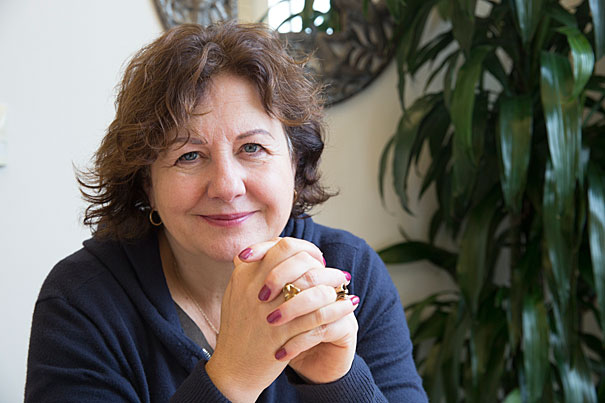
-
Stewarding arts philanthropy
New Dumbarton Oaks humanities fellowship mixes study and career preparation.

-
Blackest black
A sample of Vantablack, as dark as dark can get according to its maker, is now part of the pigments collection at Harvard Art Museums.
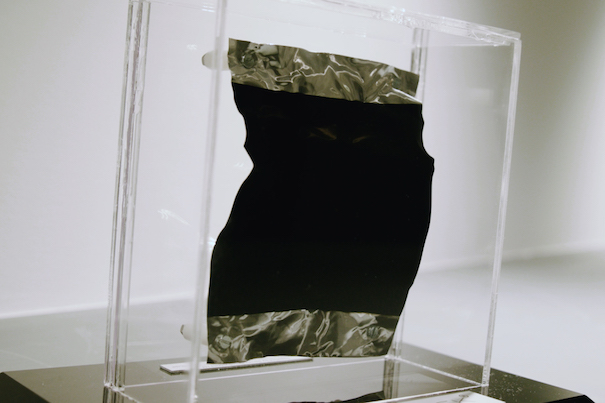
-
Three chords and some Kierkegaard
A profile of College student and pop-rocker Brynn Elliott, whose scholarship in philosophy informs her songwriting.

-
What a freshman sees
For College student Jasper Johnston ’20, discovering Harvard is a shared experience through Instagram.
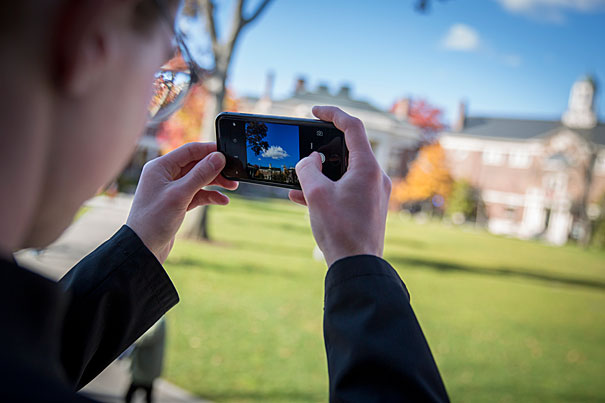
-
Radcliffe exhibit turns touch into sight
“Calm. Smoke rises vertically” at Radcliffe Institute for Advanced Study’s Johnson-Kulukundis Family Gallery is designed for the blind and hearing-impaired, but gives the sighted a unique experience as well.
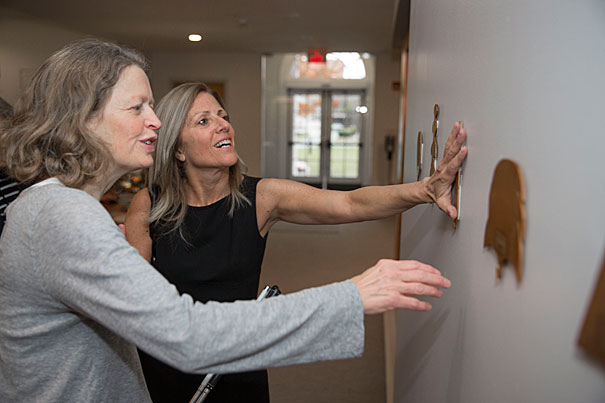
-
Getting to the truth of blood libel
In winning Phi Beta Kappa’s 2016 Ralph Waldo Emerson Award for “The Murder of William of Norwich,” E.M. Rose, a visiting scholar at Harvard, found recognition by illuminating the real history behind an imaginary event.






